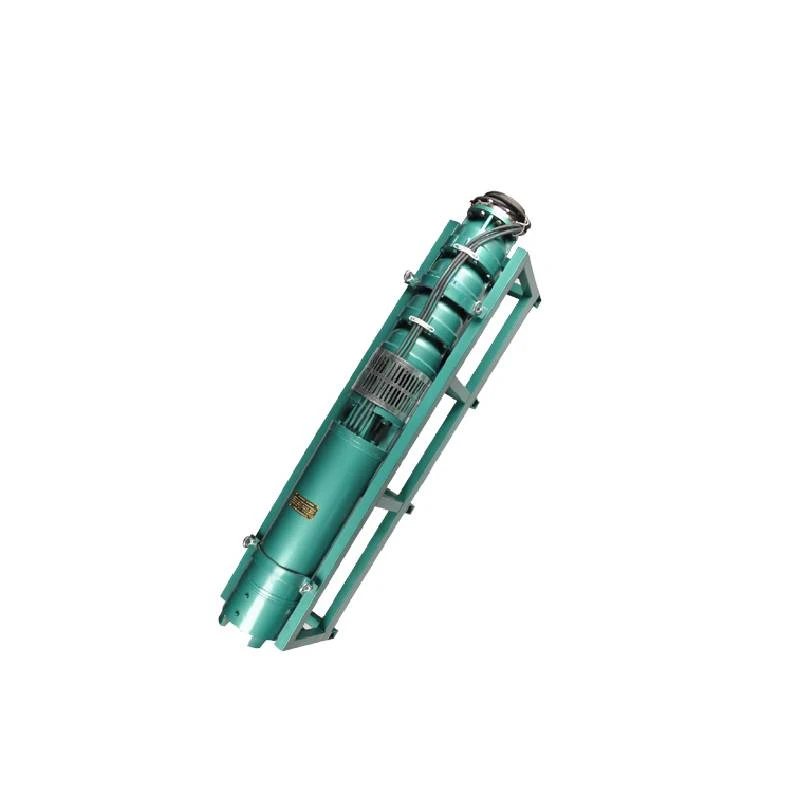10 月 . 13, 2024 18:59 Back to list
Choosing the Right Size Submersible Well Pump for Your Needs
What Size Submersible Well Pump Do I Need?
Selecting the right size submersible well pump is crucial for ensuring you have an adequate water supply for your home or agricultural needs. A submersible well pump is designed to be submerged in water, making it ideal for deep wells. However, many factors must be considered to determine the appropriate size pump for your specific situation.
Understanding Pump Size
When we talk about the size of a pump, we refer to its flow rate, horsepower, and depth rating. The flow rate, measured in gallons per minute (GPM), indicates how much water the pump can deliver in a given timeframe. The horsepower (HP) rating reveals the pump's power, which is crucial for overcoming the resistance due to the depth of the well and the distance the water needs to be pumped.
Calculating Your Needs
1. Determine Your Water Demand The first step in selecting the right pump is understanding your household's water usage. This includes considering how many people live in your home and what appliances you use. A general guideline for residential usage is about 50 gallons per person per day. For example, a family of four would need approximately 200 gallons per day.
2. Calculate Peak Demand Besides daily usage, consider peak demand times when multiple fixtures might be used simultaneously, such as showers, dishwashers, and washing machines. It's essential to have a pump that can meet these peak demands, so accounting for these moments is critical.
3. Evaluate Well Depth The depth of your well is a significant factor in pump selection. If your water level fluctuates with seasons or droughts, you’ll need a pump capable of operating efficiently at the depth of your well. Pumps are typically rated for specific maximum depths, and you should select one that can function well within that range.
4. Consider the Lift Height Lift height refers to the vertical distance the water must be pumped from the well to your home. This measurement includes both the static water level (the depth of the water in the well) and any elevation differences (if your home is situated on a hillside).
what size submersible well pump do i need

5. Assess Pipe Size and Length The diameter and length of the pipes connecting the pump to the home can affect water flow. A smaller diameter pipe can restrict flow, while longer distances can lead to increased friction loss. Ensure that the piping is adequately sized for your flow rate requirements to avoid unnecessary strain on the pump.
Choosing the Right Pump Type
Submersible pumps come in various types, each suited for different applications. Standard configuration pumps are ideal for general household use, while more specialized pumps may be necessary for agricultural or industrial applications. Consider your unique needs when selecting a type.
1. Standard Pumps For most residential applications, a submersible pump with a flow rate of 10 to 25 GPM and 0.5 to 2 HP is sufficient. Assess your daily and peak water requirements to determine the ideal specifications.
2. High-Volume Pumps If you have larger demands, such as agricultural irrigation, you may require a pump that offers a higher flow rate—some capable of delivering over 50 GPM.
3. Consider Efficiency Choose a pump that not only meets your needs but is also energy efficient. Energy-efficient pumps can save you money in the long run through lower electricity bills.
Consulting with Professionals
Finally, if you're unsure about determining the right size submersible well pump, it's wise to consult with a well pump professional or a local well drilling company. They can conduct a flow test and provide you with the necessary data to make an informed decision.
Choosing the right size submersible well pump requires a thorough understanding of your household water needs, well characteristics, and pump specifications. By carefully evaluating these factors, you can ensure a reliable and efficient water supply that meets your demands. Whether for residential or agricultural use, investing time in research will pay off in the long term.
-
Your Guide to Deep Well Pumps
NewsOct.31,2024
-
Why Choose a Stainless Steel Deep Well Pump?
NewsOct.31,2024
-
Understanding Water-Filled Submersible Pumps
NewsOct.31,2024
-
Understanding SS Submersible Pumps
NewsOct.31,2024
-
Reliable Submersible Well Pumps for Your Water Supply Needs
NewsOct.31,2024
-
Choosing the Right Submersible Pump for Your Water Management Needs
NewsOct.31,2024
-
 Understanding Water-Filled Submersible PumpsWhen it comes to selecting the right pump for your water management needs, understanding the different types available is crucial.Detail
Understanding Water-Filled Submersible PumpsWhen it comes to selecting the right pump for your water management needs, understanding the different types available is crucial.Detail -
 Guide to Installing a Deep Well Submersible PumpWhen dealing with deep wells, a deep well submersible pump is often the most effective solution for extracting water from significant depths.Detail
Guide to Installing a Deep Well Submersible PumpWhen dealing with deep wells, a deep well submersible pump is often the most effective solution for extracting water from significant depths.Detail -
 Finding the Right Submersible PumpWhen seeking an efficient solution for pumping water from deep wells, sumps, or other applications, the submersible pump is a leading choice.Detail
Finding the Right Submersible PumpWhen seeking an efficient solution for pumping water from deep wells, sumps, or other applications, the submersible pump is a leading choice.Detail
